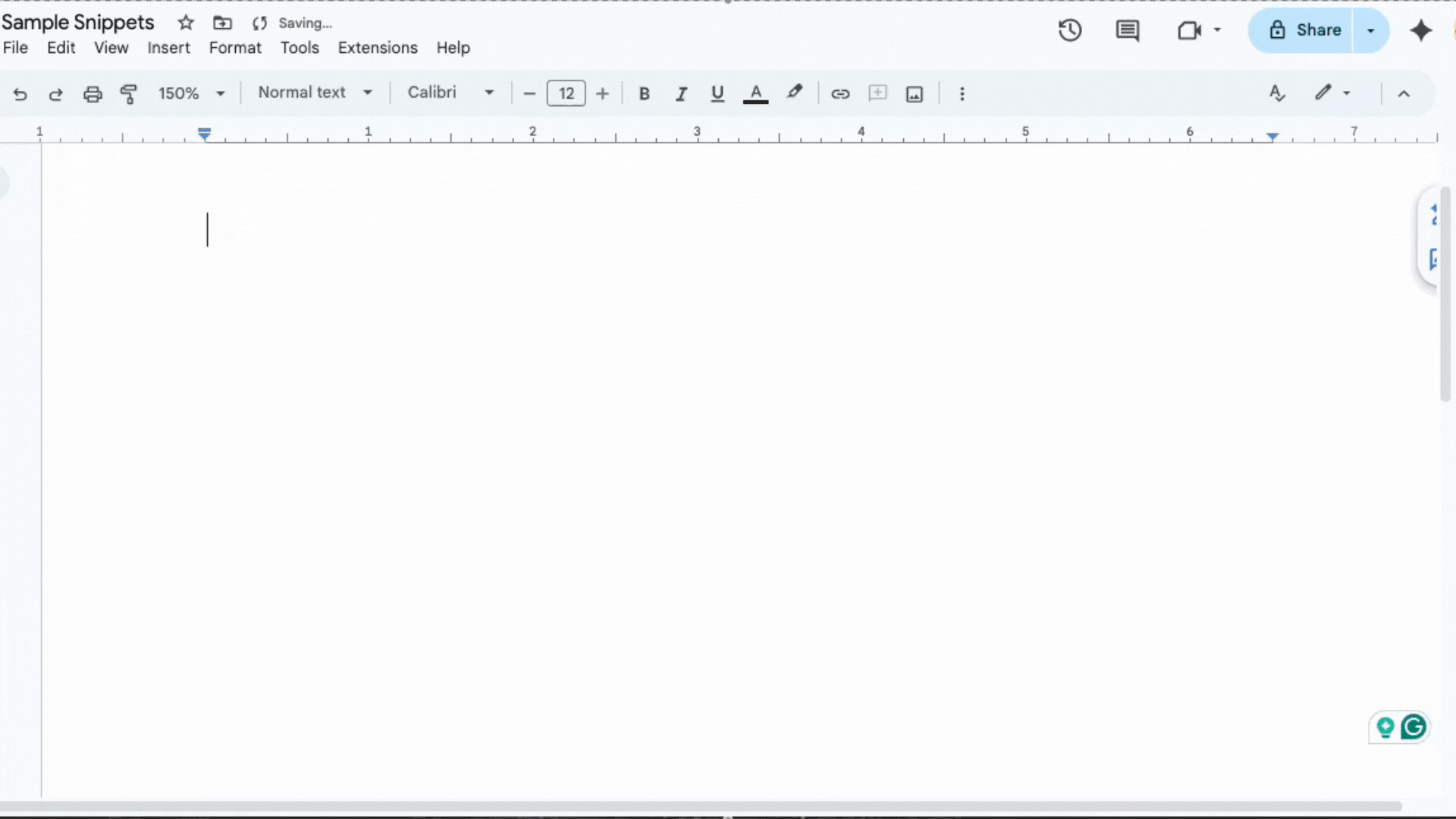Four Tools to Cut Your Chiropractic SOAP Note Time in Half
The #1 Practice Hassle Chiropractors Can Actually Fix
Most primary care providers, including chiropractors, spend 25% or more of their workday documenting patient care. (1,2) A ChiroUp survey found that creating SOAP notes ranked as the #1 concern among chiropractors, above marketing, staffing, and even reimbursement issues.
Every chiropractor knows the frustration of documentation fatigue. Your job is to care for patients, not write novels. However, SOAP notes are still the biggest time-suck in most clinics. We’re stuck in a paradox: We don’t get paid for taking notes… but we don’t get paid without them either.
So let’s fix that.
Based on feedback from thousands of providers, we've identified the top four ways to cut your documentation time in half, without cutting corners. Whether you're tired of your sub-par EHR or just looking for more efficient strategies, these tools can immediately lighten your workload and help reclaim your time.
1. Use Text Expanders and Macros
If you find yourself typing the same phrases or whole paragraphs over and over, like a detailed description of normal physical exam findings, or a sentence clarifying your use of a specific exercise code, there’s a better way.
Repetitive documentation is one of the biggest time drains in clinical practice. Whether it’s explaining the rationale for a treatment, outlining home care instructions, or including informed consent verbiage, repeatedly retyping those details adds up fast. Fortunately, tools like text expanders and macros allow you to insert entire blocks of text instantly with just a few keystrokes, saving time, reducing errors, and improving documentation consistency.
Text expanders work across all platforms (e.g., Raycast, Alfred, Espanso, etc.)
Macros are built into specific programs (like your EHR or Microsoft Word)
🎯 Pro tip: ChiroUp EHR users can build unlimited custom macros directly within the program. Just go to your Profile > User Settings > Macros. Your macros appear precisely where you need them during documentation, without extra clicks.
⚠️ While macros are a valuable tool for components of a note that are occasionally repeated, providers should be cautious not to overuse them, especially not to generate entire notes. Macros (or SALTing) import static verbiage, which suggests static progress, and if your documentation doesn't reflect clinical change, your reimbursement and compliance may suffer. Use macros to improve efficiency, not to shortcut medical necessity.
2. Use Voice Recognition (Built Into Your Device)
If you can say it faster than you can type it, let your computer do the work. Mac and Windows both include good out-of-the-box built-in voice-to-text tools that work in any free text box.
It’s fast, surprisingly accurate, and ideal for narrative-style input.
Imagine narrating into any text box in real time, with your system typing for you, with no extra apps needed. It’s like having a virtual scribe, minus the awkward delay.
⚠️ Using your computer’s built-in microphone and voice recognition tools is essentially just another way to type, and is typically permissible under HIPAA so long as appropriate safeguards are in place and the data is processed and stored securely within your computer or EHR. But here’s where chiropractors need to be cautious: if you're using an outside, third-party, voice transcription service (i.e., Whisper, Siri, Google Dictate, or VoiceIn) that could be a different story. Many third-party tools send data to external servers, and unless they offer a Business Associate Agreement (BAA), they should not be used to dictate anything containing PHI.
If you’re considering a third-party voice tool, ensure it’s HIPAA-compliant, confirm whether a BAA is in place, and check with your state’s board or legal counsel for any additional rules. Internal tools may be acceptable, but when it comes to voice recognition services, the responsibility falls on you to verify compliance. Ultimately, it’s the provider’s legal responsibility, not the software’s, to ensure that all tools used with PHI meet federal and state privacy laws.
3. Let Patients Fill in Their Own Chief Complaint/OPPQRST
One of the fastest ways to cut charting time? Have your patients do the work for you…before they even step into the room.
The ChiroUp Chief Complaint Survey collects detailed OPPQRST information directly from the patient, including body diagrams, severity ratings, and the mechanism of injury. It’s intuitive, mobile-friendly, and easy to use - like having an experienced associate collect your patient history.
Essentials users can send it via email or text in seconds.
ChiroUp EHR users can even automatically trigger it for new complaints or visits.
When you open the patient record, the subjective OPPQRST data is already populated. All that’s left is to confirm, clarify, and continue. What used to take 15 minutes now takes 3!
Click here to view a sample output, including the Oswestry and Review of Systems (ROS).
🗂 Bonus tip: You can copy and paste the responses into your SOAP notes in any EHR—or skip the copy/paste entirely if you’re using ChiroUp EHR. See Tip #4 👇
4. Choose an EHR That Works For You, Not Against You
The best chiropractic EHR isn’t just about storing data; it’s about making you faster, more compliant, and more focused on care.
The ChiroUp EHR was designed by chiropractors for chiropractors, so it understands your flow. It’s built for speed with:
Auto-populating objective/ exam findings and treatment suggestions based on your chosen diagnoses
Fully customizable, highly compliant notes in seconds
Embedded tutorial videos for every clinical skill to make you a better clinician
Fully-integrated scheduling, billing, and reporting to streamline your flow
Here’s what ChiroUp EHR early adopters are saying:
“Okay, I am in tears. Today was our first day using ChiroUp EHR, and I have ALL of my charts done…on day one! I cannot believe it is this intuitive to use. I now have enough time to go to the gym and pick my son up from school. I cannot thank you guys enough!”
“I feel this product is a natural extension of the ChiroUp platform. ChiroUp has made it easy to be a better chiropractor, provide a better service to our patients, integrate better with our local health care provider community, and in turn made practicing fun again!”
Conclusion: Reclaim Your Time, Refocus Your Practice
Documentation shouldn’t be the most challenging part of your day. With the right tools, your SOAP notes can go from time-consuming to nearly automatic.
Whether it’s smart shortcuts, voice tools, automated intake, or an EHR built to help, these strategies are already changing how chiropractors work.
Notes That Think Like a Chiropractor
We built the EHR we always wished existed. One that finishes your thoughts, fills in the gaps, and makes documentation feel automatic. The result? More time, sharper care, and no more late-night charting.
-
1. Sinsky C, Colligan L, Li L, Prgomet M, Reynolds S, Goeders L, Westbrook J, Tutty M, Blike G. Allocation of physician time in ambulatory practice: a time and motion study in 4 specialties. Annals of internal medicine. 2016 Dec 6;165(11):753-60. Link
2. Tai-Seale M, Olson CW, Li J, Chan AS, Morikawa C, Durbin M, Wang W, Luft HS. Electronic health record logs indicate that physicians split time evenly between seeing patients and desktop medicine. Health affairs. 2017 Apr 1;36(4):655-62. Link



